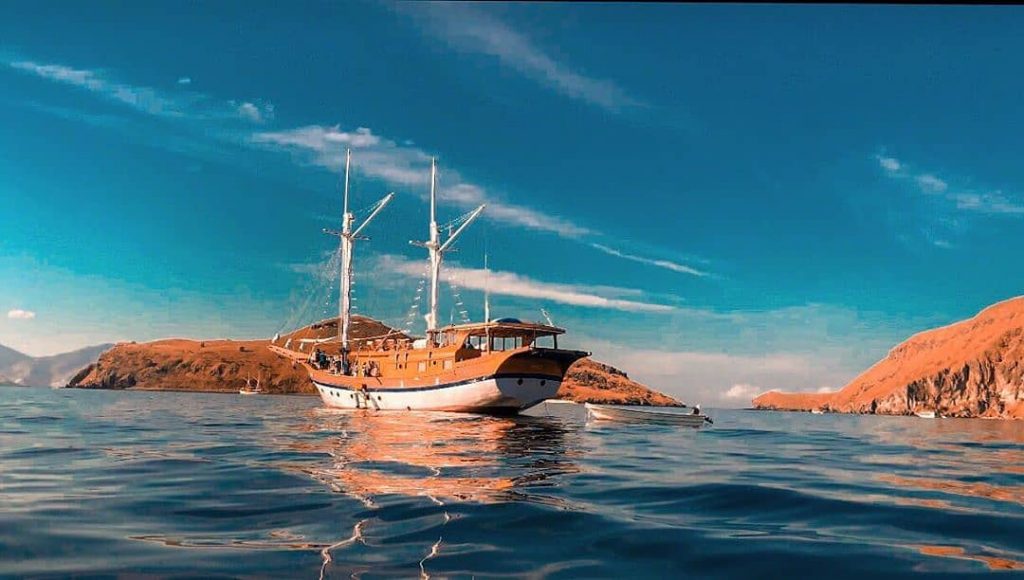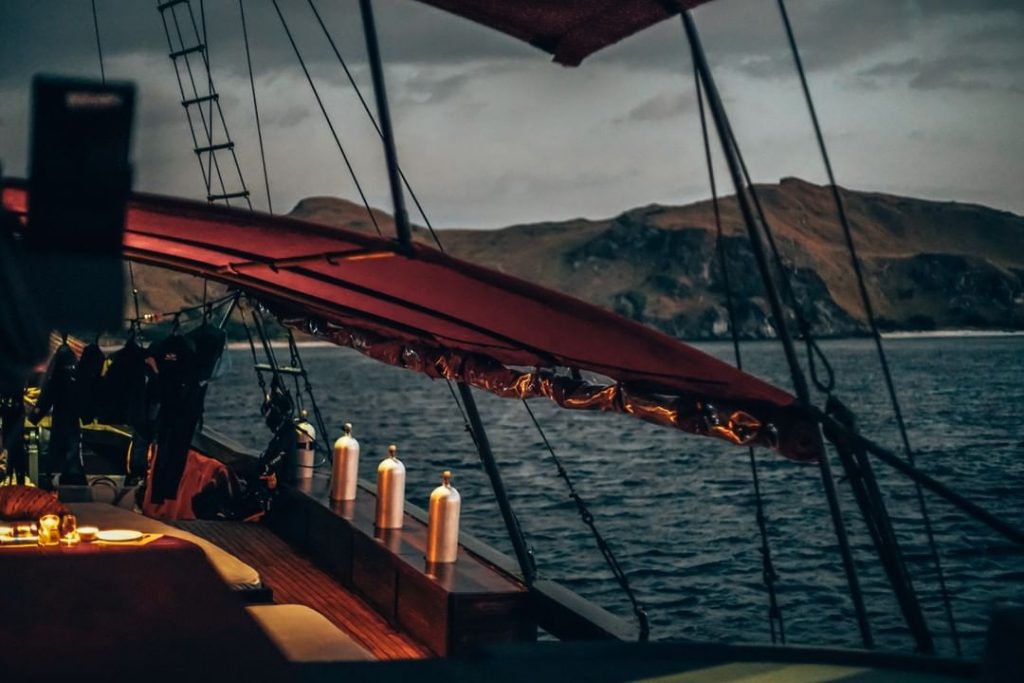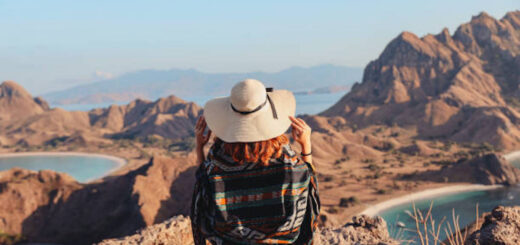Everything to Know About Komodo Diving Liveaboard Holiday
Have you ever heard about Komodo diving liveaboard adventure in the far flung Flores? What should you prepare to go on such trip?
From your window on the plane, the Komodo of Flores, Indonesia, would like a string of emerald islands scattered at bright turquoise-blue ocean. As beautiful as it seen from above, the world beneath those water is even mesmerising. The Komodo National Park is famous as one of the best dive sites in the world with crazy rich marine biodiversity that lay beneath the ocean surface. A part of the world’s coral triangle, the ocean floor is bustling with corals reefs. The daily tidal from Indian Ocean bring in rich nutrients where more than 1,000 species of tropical fishes feeds on. Komodo’s underwater climate, temperature, and marine ecosystem also create ideal conditions for pelagic, manta ray, dolphins, turtles, and rare animals like dugong to live in.

To explore dozens of dive sites in Komodo National Park, you need to join a Komodo diving liveaboard trip. The Labuan Bajo—Flores’s port town—has wide selection of liveaboard dive boat, and that’s if you haven’t already book your boat online! Sailing in wooden schooner with breathtaking landscape galore on every miles and chances to see underwater wonderland is definitely incomparable. Here we have covered everything you need to know and prepare if you want to plan a similar trip.
Best Time to Plan Komodo Diving Liveaboard Trip
Komodo is generally open almost all year long. The trip frequency do get lower during the wet season. The heaviest rain fall during January to March, and the condition of the sea won’t be too good to sail on. However, the wet season is the Manta season! They are around almost all year long but their peak season fall around December to February.
April to June marks the dry season, as this is the best time to have a Komodo diving liveaboard adventure. The islands are green, the visitors are not as crowded, and the weather is at its best. Similar weather occur during September to early November. If you want to see Manta Ray but not affected by the rain, try to dive around early November.
Dive Certification
Mind you that diving in Komodo is not for beginners. Sometimes the currents could get quite strong and the tide high. While strong currents means more high nutrients plankton for the fishes, this could present danger for inexperienced divers. Beginner with Open Water Certification can still enjoy some shallow and low-currents dive sites such as Cannibal Rocks, Manta Point, or Batu Bolong. But if you want to have the most of diving in Komodo, you’ll need at least Advanced Open Water Diver certificate. This will allow you to explore even more dive sites around and within the national park. Just inform your Komodo diving liveaboard operator of your skills and abilities. They will help you pick up the best suitable sites for you to dive in.
More about Komodo and Travel:
Surviving A Komodo Liveaboard Trip and Come Back with Epic Story
Important Things to Do When You Are In Bali
Diving Equipments

By now you have know that diving in Komodo is not always easy. The currents can get unpredictable at times and safety should be prioritised at all times. Standard gears to dive in Komodo is not that different—dive masks, regulator, BCD, and dive computer. The Komodo diving liveaboard will provide the nitrox tanks and fill it every day. Most of them also provide dive gears available for rent, too.
Diving in shortie is fine, but we do recommend you to bring warmer wetsuit such as the 3mm or 5mm. Temperature can drop to 25 to 20ºC even in the summer. The Komodo is also excellent for night dive, so consider to bring a torch or flashlight. Lastly, don’t forget your camera! It’s a pity to leave dive sites as majestic as Komodo without capturing the wonderful marine life.

